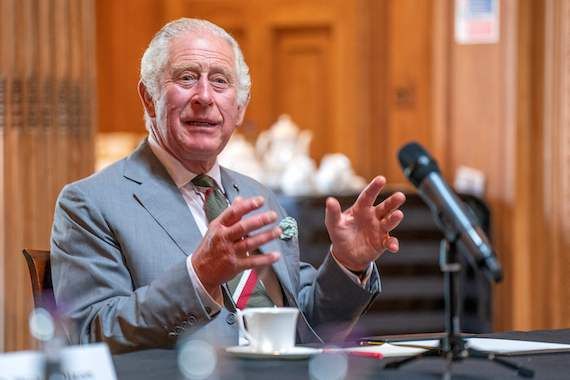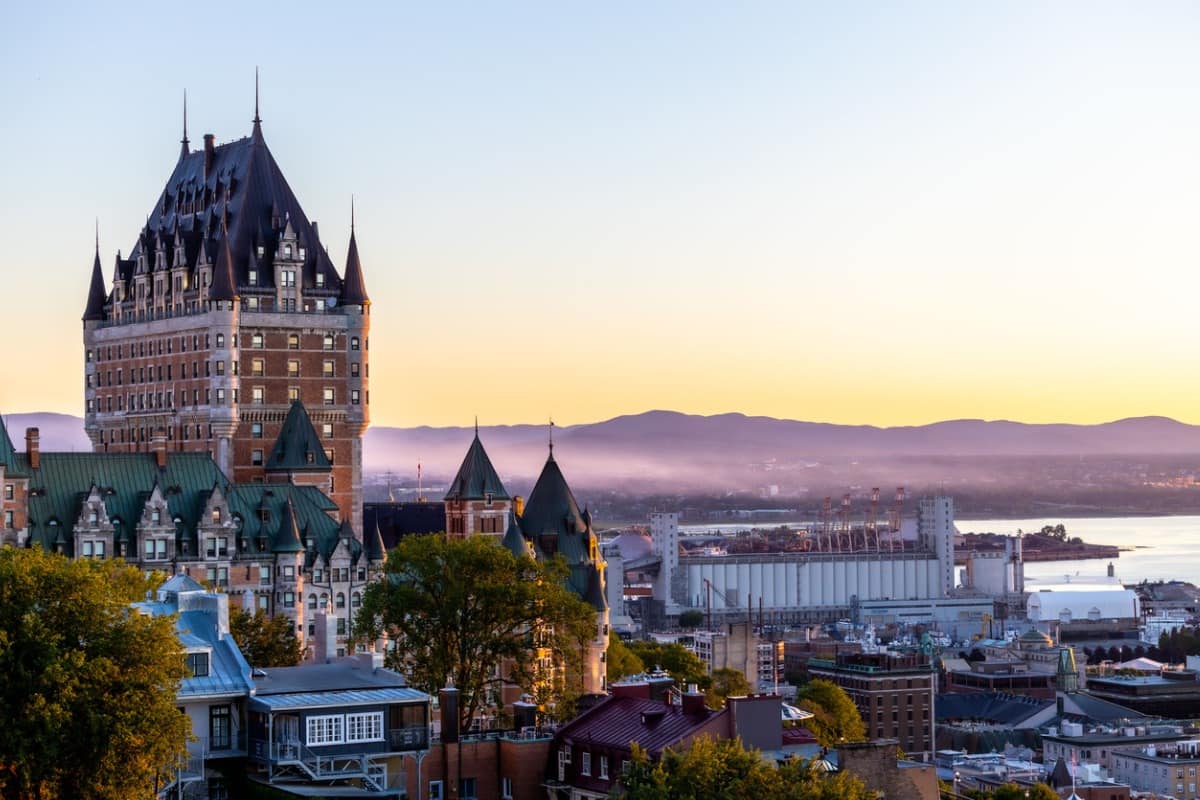As the successor to his mother, Elizabeth II, Charles will not only reign over the United Kingdom but also become the head of the Commonwealth. (Photo: Getty Images)
LONDON – As the successor to his mother Elizabeth II, Charles will not only rule the United Kingdom but also become the head of the Commonwealth. This confederation of states represents about a third of the world’s population and consists largely of former British colonies.
Here are the most important things you should know about this organization led by Elizabeth II until her death.
main points
Full Name: Commonwealth of Nations
Number of Member States: 56
Designated Head of the Commonwealth: Charles
Secretary General: Patricia Scotland (2016 —)
Population: approx. 2.5 billion people
Area: 31.5 million square kilometers
Founding of the modern Commonwealth: 1949
Headquarters: Marlborough House, London
Interests: development, democracy, climate change
Important events
1926: Balfour Declaration. This founding document of the “British Commonwealth of Nations” proclaims that the United Kingdom and the “Dominions” are equal.
1931: Statute of Westminster. Passed by the British Parliament, this Act established the legislative independence of the Dominions and laid the basis for relations between the Commonwealth member kingdoms and the Crown.
1949: London Declaration. Birth of the modern Commonwealth. Allows republics to become members so India can stay after independence. Removes the term “British” from the Commonwealth title.
1971: First Commonwealth Heads of Government meeting in Singapore.
1991: Harare Declaration, establishing the core values of the Commonwealth.
2022: Gabon and Togo, which have no historical ties to the United Kingdom, join the Commonwealth, which now has 56 members.
Population, Area, GDP
Location of members: Africa (21), Caribbean and America (13), Pacific (11), Asia (8), Europe (3).
Largest country by population: India (1.4 billion people)
Smallest: Tuvalu (10,000)
Largest country by area: Canada (9.9 million square kilometers)
Smallest: Nauru (21 km²)
Highest GDP: UK, India, Canada, Australia, Nigeria.
Lowest GDP: Tuvalu, Kiribati, Tonga, Dominica, Saint Vincent and the Grenadines.
membership
Criteria: Historical association with an existing member, respect for Commonwealth principles, commitment to democracy, the rule of law and good governance.
Members 1949: Australia, Canada, Ceylon, India, New Zealand, Pakistan, South Africa, United Kingdom.
Last integrated members: Togo (2022), Gabon (2022), Rwanda (2009), Mozambique (1995), Cameroon (1995), Namibia (1990), Brunei (1984).
Countries that left and rejoined: South Africa (1961–1994), Pakistan (1972–1989), Fiji (1987–1997), Gambia (2013–2018), Maldives (2016–2020).
Countries That Left And Never Returned: Ireland (1949), Zimbabwe (2003).
main events
Summit: The biennial meeting of Commonwealth Heads of Government took place last June.
Commonwealth Games: This Olympic-like sporting event takes place every four years. The last edition took place in Birmingham, England last summer.

Avid beer trailblazer. Friendly student. Tv geek. Coffee junkie. Total writer. Hipster-friendly internet practitioner. Pop culture fanatic.







